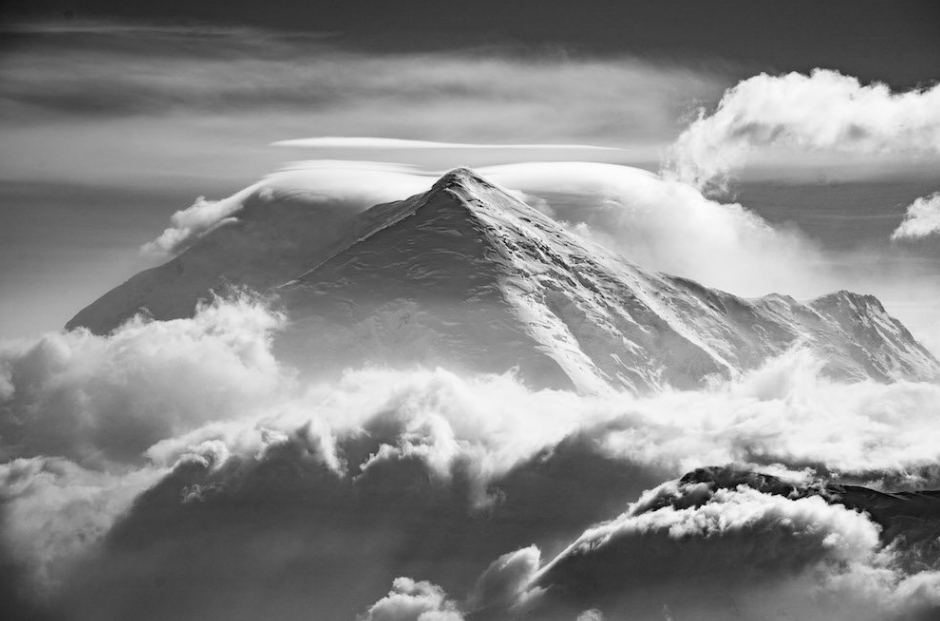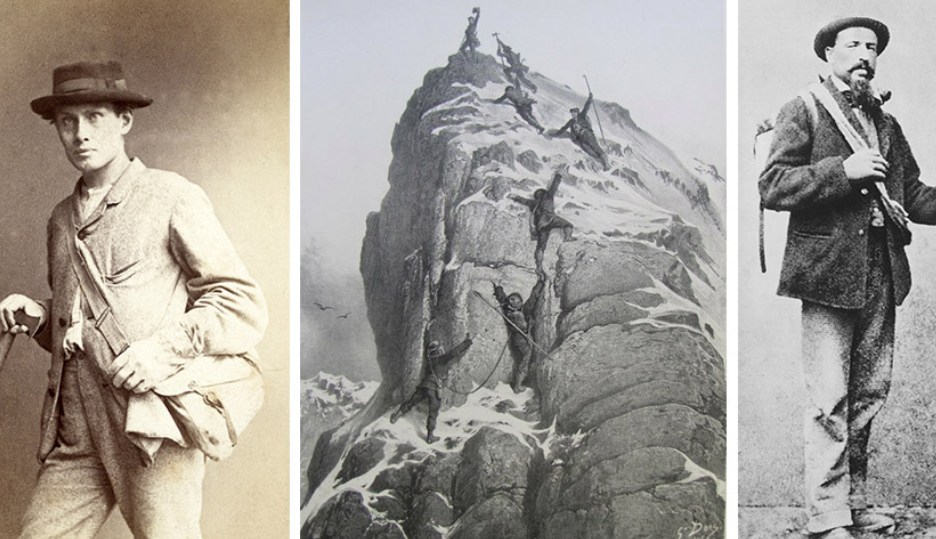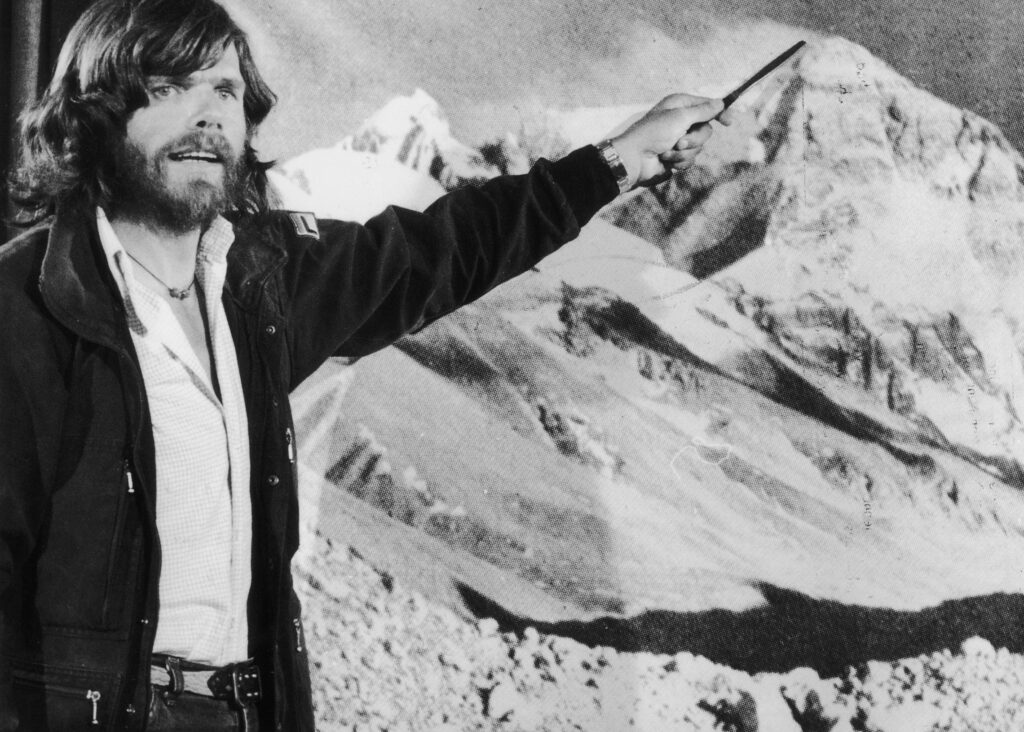Have you ever wondered about the fascinating stories hidden within the rocky pathways and soaring peaks of mountaineering?
Join us on a trip through time as we learn about mountaineering’s rich history, which includes stories of daring, exploration, and triumph. Ogso Mountain Essentials encourages you to discover the intriguing growth of this timeless hobby, from humble beginnings to thrilling experiences that continue to inspire climbers all over the world.
Whether you are an experienced climber or just someone who enjoys the beauty and challenge of the mountains, this blog article will fascinate and inspire you. So, grab your trekking boots, secure your harness, and begin on a thrilling journey through the fascinating history of mountaineering.
Ancient Roots of Mountaineering:

Early Pursuits in Ancient Civilizations:
While the modern sport of mountaineering emerged in the 18th and 19th centuries, the allure of scaling towering peaks has captivated humans for millennia. The earliest recorded climbing expeditions date back to ancient civilizations, where mountaineering was often intertwined with cultural, spiritual, and practical pursuits.
In ancient Greece, climbing mountains held deep religious and symbolic significance. Mount Olympus, home to the Greek gods, was believed to be inaccessible to mortals, yet some daring individuals attempted to scale its slopes.
The ancient Romans also engaged in mountain climbing, often for practical purposes as part of military campaigns or to access resources.
In 440 BC, King Hadrian of Sicily climbed to the top of Mount Etna, likely to survey the surrounding landscape and establish control over the region.
In the Middle Ages, mountains became the domain of monks and saints who made pilgrimages to the peaks, seeking spiritual enlightenment and connection with the divine.

The 1492 ascent of Mont Aiguille:
The 1492 ascent of Mont Aiguille was a significant historical event that marked the birth of mountaineering. This challenging climb was ordered by King Charles VIII of France and carried out by Antoine de Ville, a captain in the king’s army, along with seven companions. The ascent was considered a great exploit for its time, as Mont Aiguille was known as “The impossible mountain” and “Mont Inaccessible” due to its steep and seemingly insurmountable walls. Antoine de Ville and his team managed to reach the summit using a set of ladders, rungs, and other improvised climbing devices, as there were no pegs or climbing equipment available at that time. This achievement in 1492 was a pioneering feat in mountaineering history, showcasing early climbers’ determination and courage in conquering formidable peaks like Mont Aiguille.
The Golden Age of Mountaineering (1850s-1950s):

The period between the 1850s and 1950s is often referred to as the “Golden Age” of mountaineering, marked by significant advancements, notable expeditions, and the emergence of pioneering climbers who pushed the boundaries of the sport.
Pioneering Climbers and Expeditions:
During this era, several climbers made remarkable contributions to the development of mountaineering.
Albert Mummery: a British climber known for his bold and innovative techniques, made significant first ascents in the Alps and the Caucasus Mountains.
Edward Whymper: a renowned British climber, achieved fame for his historic first ascent of the Matterhorn in 1865. This ascent marked the closure of the Golden Age of Alpinism. Whymper’s successful climb was a significant achievement in mountaineering history, showcasing his determination and skill in conquering the treacherous Matterhorn. Despite the challenging circumstances during the descent, Whymper’s feat remains a testament to his pioneering spirit and the adventures faced by early mountaineers.

Modern Mountaineering (1960s-Present):
Advancements in Gear and Techniques:

The modern era of mountaineering, beginning in the 1960s, has seen significant advancements in climbing gear, techniques, and safety protocols. The development of lightweight and durable materials, such as Gore-Tex and Kevlar, has revolutionized the design of climbing apparel and equipment. Specialized gear like ice axes, crampons, and ropes have become more efficient and user-friendly, allowing climbers to tackle more challenging routes with greater ease and safety.
Climbing techniques have also evolved, with the introduction of new methods like aid climbing, free climbing, and solo climbing. The use of fixed ropes, pitons, and other artificial aids has enabled climbers to ascend routes that were previously considered impossible. The emergence of indoor climbing walls and sport climbing has also helped to popularize the sport and improve the skills of aspiring mountaineers.
Notable Climbers and Expeditions:

Significant Modern Expeditions:

The Silver Hut Expedition, 1960-1961: A Himalayan Scientific and Mountaineering Expedition focused on studying physiology at high altitudes.
The Chinese 1960 Mount Everest Expedition: provided insights into significant mountaineering efforts in the 1960s.
First Ascent of Baintha Brakk (The Ogre) in 1977: Led by Chris Bonington, this expedition achieved the first ascent of Baintha Brakk (The Ogre) in 1977.
First Ascent of Changabang in 1974: Chris Bonington, Don Whillans, Doug Scott, and Dougal Haston climbed Changabang in the Indian Himalaya in 1974.
First Ascent of Kongur Tagh in the Pamirs: Chris Bonington led a successful first ascent of Kongur Tagh in the Pamirs in the 1970s.
First Ascent of the Southwest Face of Everest in 1975: Dougal Haston and Doug Scott summited Everest via a new route on the Southwest Face in 1975, making the highest-ever bivouac at the time in an ice cave at 8,750m.
Legendary Climbers:
To learn more about other remarkable mountaineers who have shaped the sport, read the blog post on Ogso Mountain Essentials, .” 10 Legendary Mountaineers Who Conquered Earth’s Highest Peaks.“ This comprehensive article explores the achievements and contributions of these remarkable climbers, highlighting their feats in the high-altitude realms and the impact they have had on the world of mountaineering.
As modern-day adventurers continue to push the boundaries of human achievement, exploring new heights and conquering formidable challenges,and As we reflect on the fascinating history of mountaineering, one thing remains clear: the mountains will always beckon, calling forth those brave enough to answer the challenge and discover the breathtaking beauty that lies beyond the rocky pathways and soaring peaks.

